Industry Knowledge
What is Agricultural Greenhouse?
An
agricultural greenhouse is a building designed for the cultivation of plants that are grown for food, ornamental, or other purposes. It is typically made of glass or plastic and is designed to create a controlled environment for plant growth. Greenhouses allow farmers to grow crops year-round, even in areas with extreme weather conditions. They can be used to produce a wide variety of crops, including vegetables, fruit, flowers, and herbs. Greenhouses can also be used to propagate plants, meaning that they can be used to create new plants from cuttings or seeds. In addition to providing a controlled environment for plant growth, greenhouses can also help to reduce the amount of water and pesticides needed for plant production.
Use of the Agricultural Greenhouse
Agricultural greenhouses are used for controlled cultivation of crops, flowers, and plants. They provide a regulated environment with controlled temperature, humidity, light, and water supply to optimize growth, protect crops from pests and diseases, and extend the growing season. Additionally, they can be used for research and experimentation, seedling production, and commercial plant production.
The composition of the Agricultural Greenhouse
1. Structure: The main framework of the greenhouse, made of materials such as wood, aluminum, or PVC, that supports the cover material and provides a sheltered growing environment.
2. Cover Material: The material that covers the structure and lets light in, such as glass, polycarbonate, or plastic film.
3. Heating and Cooling Systems: Equipment to regulate temperature and maintain optimal growing conditions, such as heating systems, ventilation systems, and cooling systems.
4. Irrigation System: Equipment for watering plants, such as drip irrigation, overhead sprinklers, or hand-watering.
5. Lighting: Artificial lighting to supplement natural light and provide the right amount and spectrum of light for plant growth.
6. Growing Medium: The material in which plants are grown, such as soil, rockwool, or coconut coir.
7. Pest Control: Equipment and methods to control pests and diseases, such as screens, traps, and biological control agents.
8. Accessories: Other tools and equipment to support the growing process, such as trellises, stakes, and pruning tools.


 英语
英语 俄语
俄语 德语
德语 西班牙语
西班牙语 法语
法语



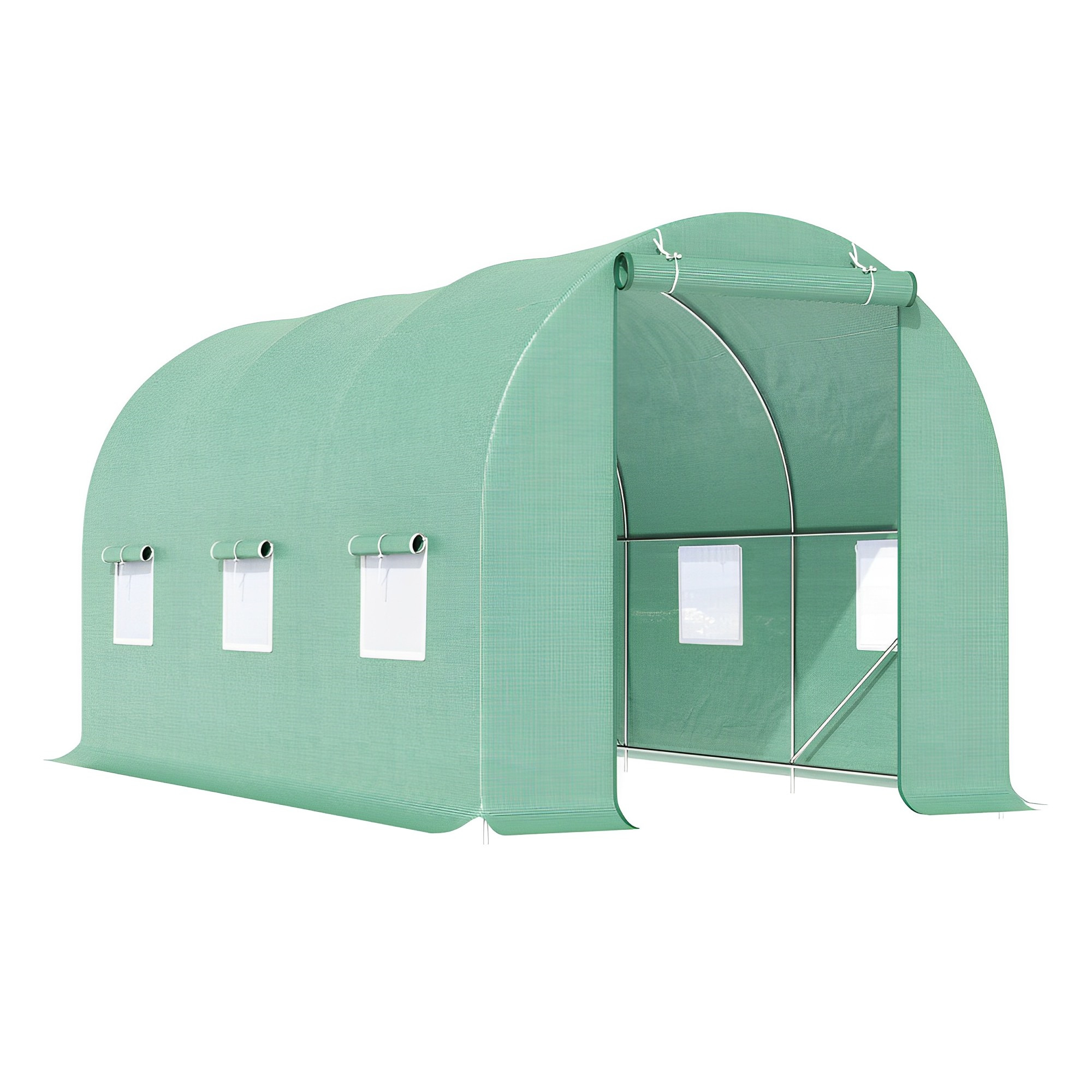
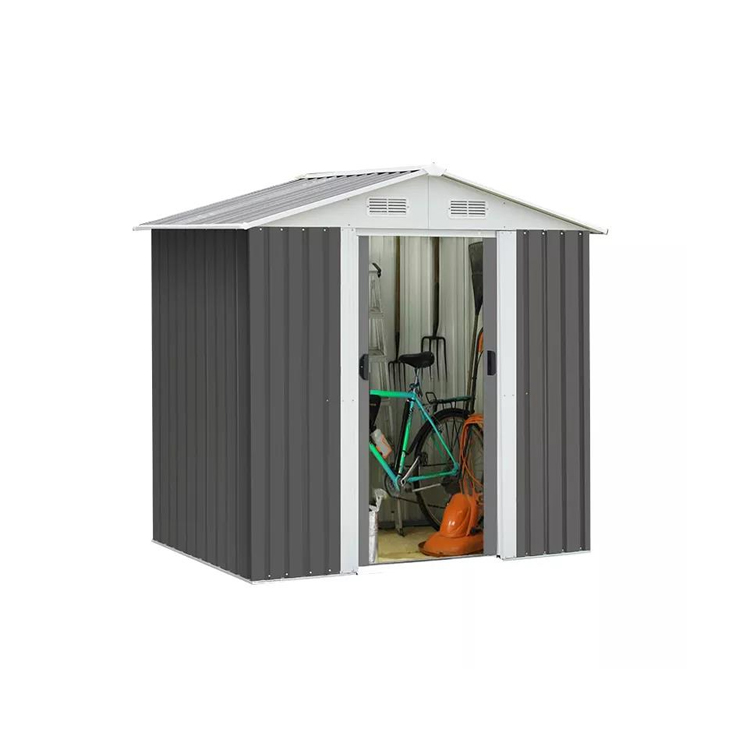








-1.jpg?imageView2/2/w/800/h/800/format/webp/q/75)
-1.jpg?imageView2/2/w/800/h/800/format/webp/q/75)
.jpg?imageView2/2/w/800/h/800/format/webp/q/75)
.jpg?imageView2/2/w/800/h/800/format/webp/q/75)
-1.jpg?imageView2/2/w/800/h/800/format/webp/q/75)
.jpg?imageView2/2/w/800/h/800/format/webp/q/75)
-1.jpg?imageView2/2/w/800/h/800/format/webp/q/75)
.jpg?imageView2/2/w/800/h/800/format/webp/q/75)

.jpg?imageView2/2/w/800/h/800/format/webp/q/75)
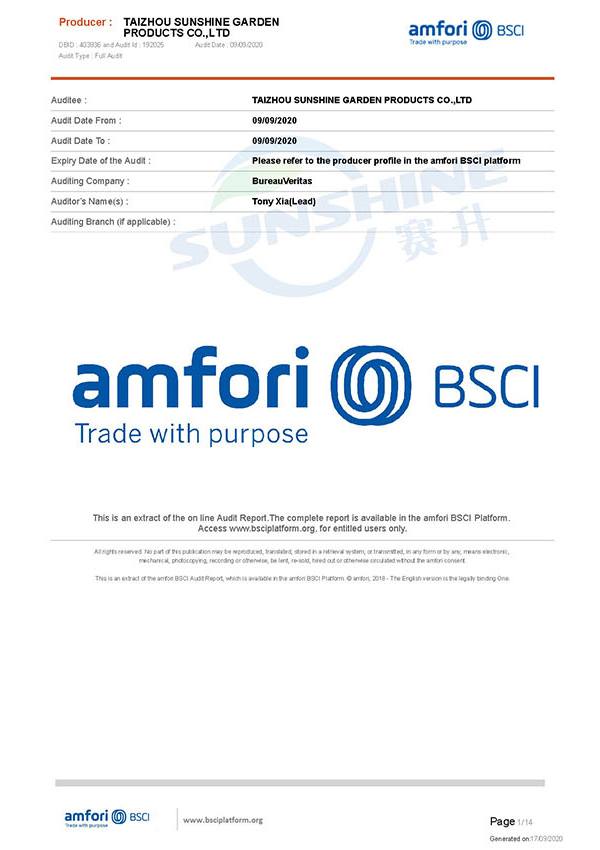
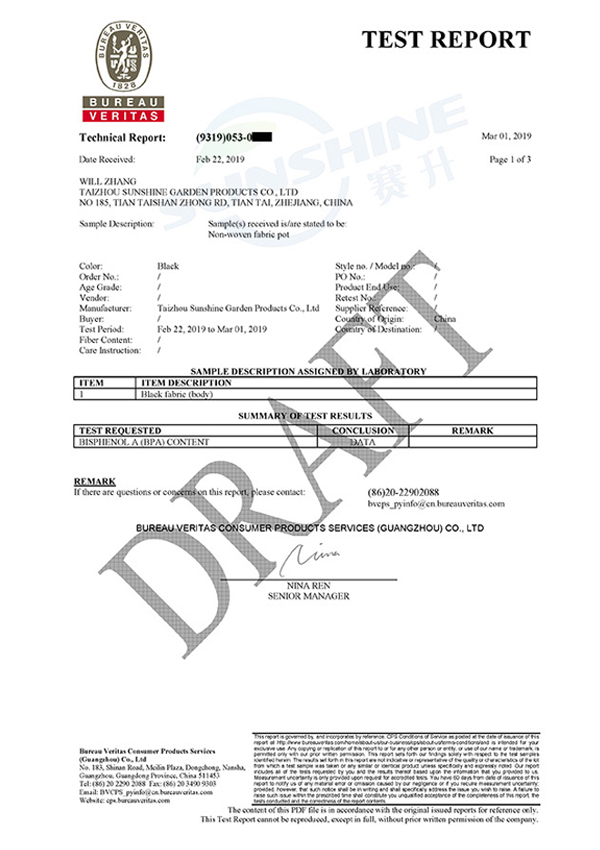
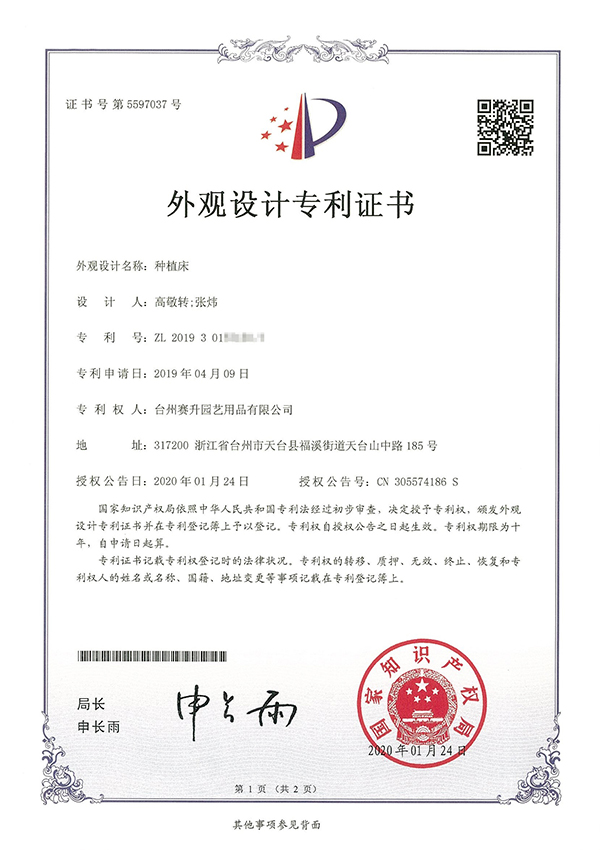


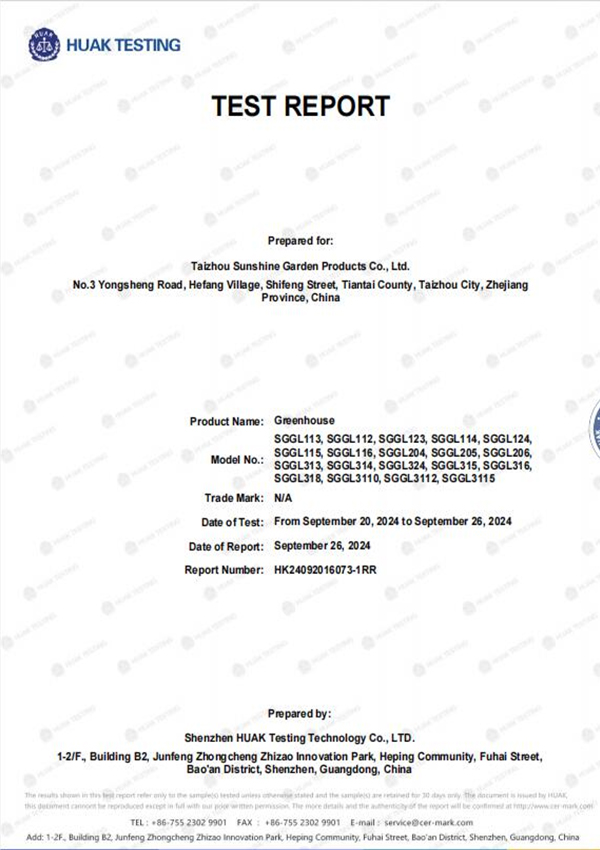
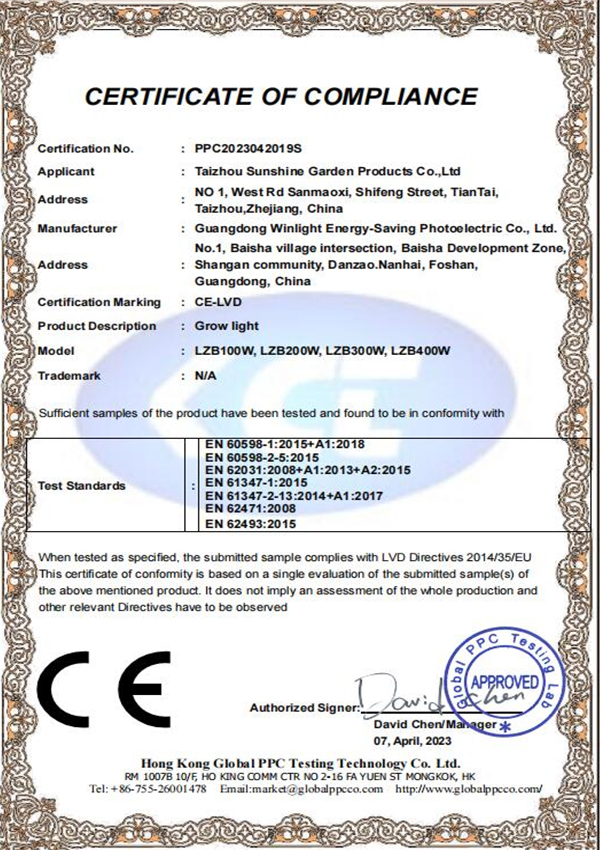
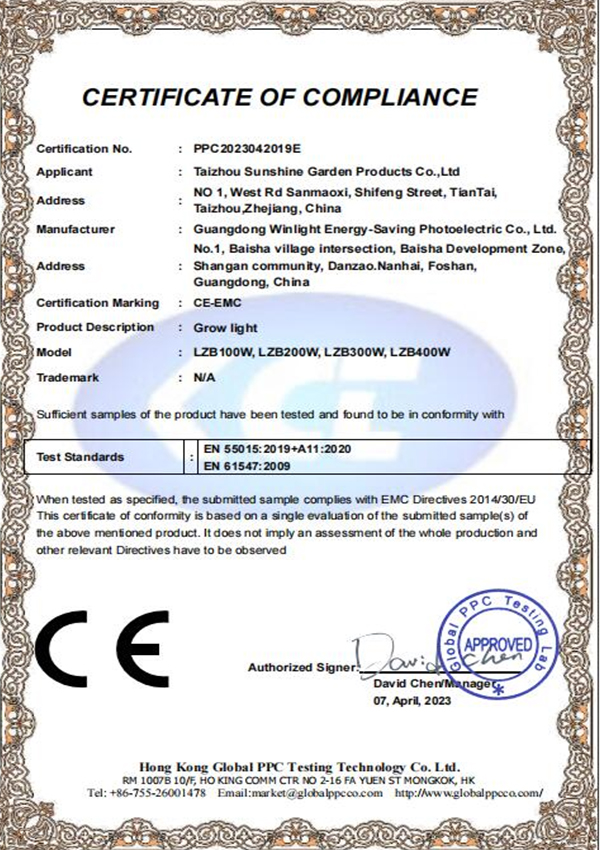

-1.jpg)
.jpg)
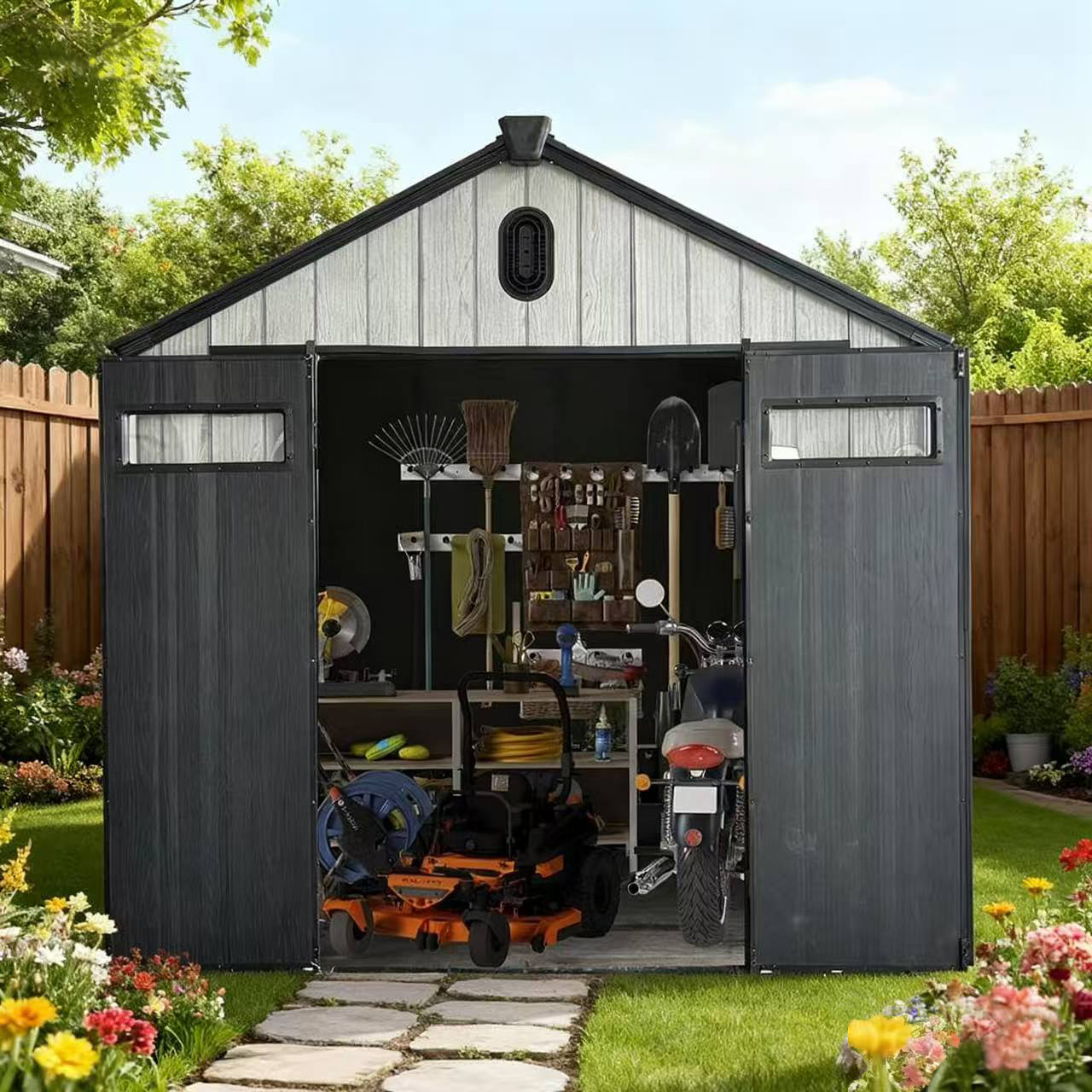
.png)
